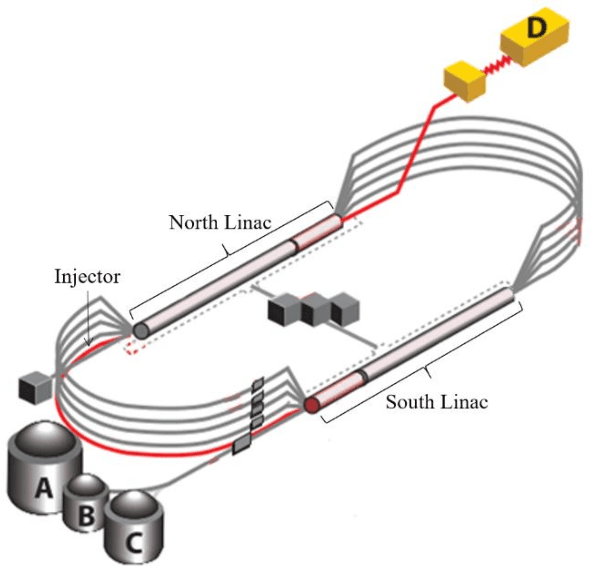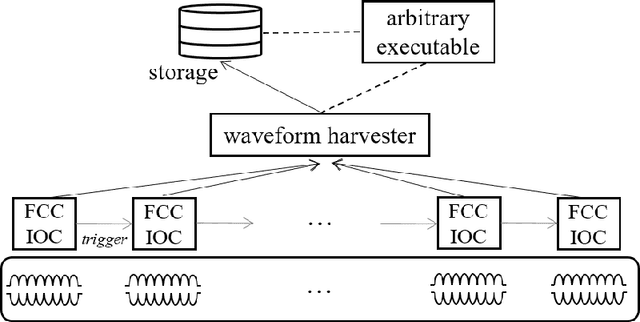Tom Powers
Superconducting radio-frequency cavity fault classification using machine learning at Jefferson Laboratory
Jun 11, 2020



Abstract:We report on the development of machine learning models for classifying C100 superconducting radio-frequency (SRF) cavity faults in the Continuous Electron Beam Accelerator Facility (CEBAF) at Jefferson Lab. CEBAF is a continuous-wave recirculating linac utilizing 418 SRF cavities to accelerate electrons up to 12 GeV through 5-passes. Of these, 96 cavities (12 cryomodules) are designed with a digital low-level RF system configured such that a cavity fault triggers waveform recordings of 17 RF signals for each of the 8 cavities in the cryomodule. Subject matter experts (SME) are able to analyze the collected time-series data and identify which of the eight cavities faulted first and classify the type of fault. This information is used to find trends and strategically deploy mitigations to problematic cryomodules. However manually labeling the data is laborious and time-consuming. By leveraging machine learning, near real-time (rather than post-mortem) identification of the offending cavity and classification of the fault type has been implemented. We discuss performance of the ML models during a recent physics run. Results show the cavity identification and fault classification models have accuracies of 84.9% and 78.2%, respectively.
 Add to Chrome
Add to Chrome Add to Firefox
Add to Firefox Add to Edge
Add to Edge